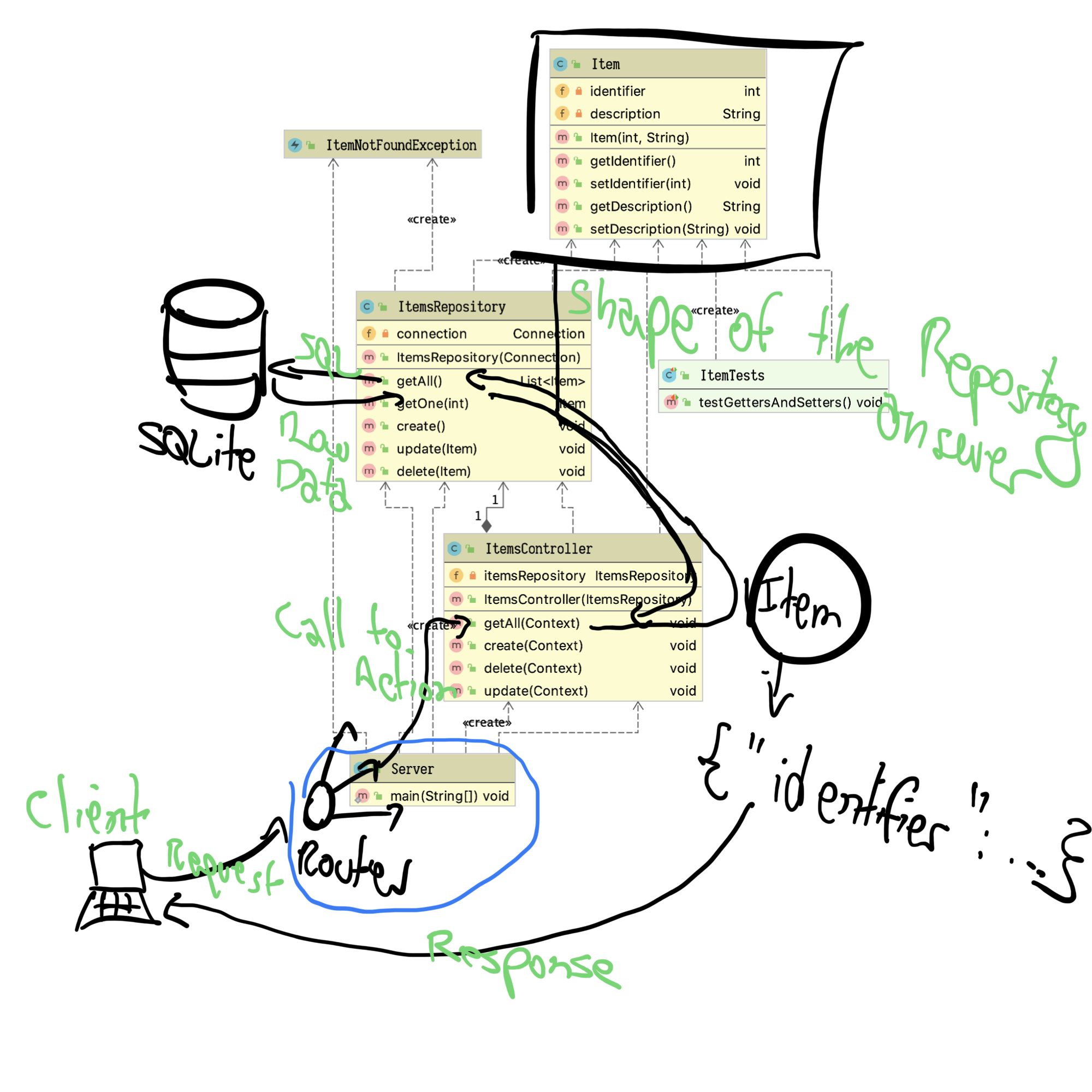Lecture 2: Design Principles
Video 🔒
- Iteration 0 is over.
- Trade-offs: You know how to put pieces together, but you don’t know if they’re any good.
- Last lecture we had two different ways to implement subtasks:

- What principles do you follow when you’re drawing UML & writing code?
- Not syntactical things, like arrows not crossing on a diagram, or indented code. We take those for granted.
- Smaller classes.
- Fewer classes.
- Short code.
- Code in which each line is simple to understand (80-column limit).
- Code that runs fast.
- Why? Why not?
- Some of these principles apply to both software design and code, as well as to other forms of design, like product design, graphic design, and so forth.
- Principles are at odds with one another.
- To decide is to cut: “late Middle English (in the sense ‘bring to a settlement’): from French décider, from Latin decidere ‘determine’, from de- ‘off’ + caedere ‘cut’.”
- Principles aren’t laws. But you must have a good story for why you’re breaking them.
- Different communities tend to value different things. For example, Java values stability, while Ruby on Rails values progress.
- For every principle ask Why? & Why not?
- For me, the most important is being easy to understand.
- I’m mainly writing for people to read, not for machines to execute.
- It’s relative: Who’s the audience?
- Avoid fancy language features, avoid premature abstractions, avoid third-party dependencies, and so forth.
You Aren’t Gonna Need It (YAGNI) & Keep It Simple, Stupid (KISS)
- How to make TODOOSE simpler?
- Roboose: Use GitHub as much as possible (notifications, database (both as JSON files and in issues), and so forth).
- Why? Why not?
- Simple is only a starting point. Sometimes simple isn’t easy.
- Assembly is simple (few features), but difficult.
- Simple is only a starting point. Sometimes simple isn’t easy.
Don’t Repeat Yourself (DRY)
- When implementing subtasks in TODOOSE, have a
parentfield in both theItemandSubitemclasses.
- Router in TODOOSE is

.routes(() -> { path("items", () -> { get(itemsController::getAll); post(itemsController::create); path(":identifier", () -> { delete(itemsController::delete); put(itemsController::update); }); }); })but could be
.get("/items", itemsController::getAll) .post("/items", itemsController::create) .delete("/items/:identifier", itemsController::delete) .put("/items/:identifier", itemsController::update) - Why? Why not?
Convention Over Configuration
- Port number in
Server.- Both when Heroku provides one and when we don’t, when running locally.
- Why? Why not?
Loose Coupling
- Least knowledge.
- Depend on interfaces, not on implementations.
ArrayList→List→var.- Why? Why not?
Encapsulate What Varies
- Things that change together should be near in the code.
- Controllers: Actions change more often than routes.
- Why? Why not?
SOLID
- Watch this talk, and go watch Sandi Metz on this year’s Association for Computing Machinery Lecture Series in Memory of Nathan Krasnopoler.
- We’ll only talk about the S (Single Responsibility Principle) in lecture, the rest is covered in Assignment 2.
ItemsRepositoryvs. static methods onItem.- Why? Why not?
The Rails Doctrine
- Why? Why not?
The Zen of Python
Available by running >>> import this on the Python console.
- Beautiful is better than ugly.
- Explicit is better than implicit.
- Simple is better than complex.
- Complex is better than complicated.
- Flat is better than nested.
- Sparse is better than dense.
- Readability counts.
- Special cases aren’t special enough to break the rules.
- Although practicality beats purity.
- Errors should never pass silently.
- Unless explicitly silenced.
- In the face of ambiguity, refuse the temptation to guess.
- There should be one– and preferably only one –obvious way to do it.
- Although that way may not be obvious at first unless you’re Dutch.
- Now is better than never.
- Although never is often better than right now.
- If the implementation is hard to explain, it’s a bad idea.
- If the implementation is easy to explain, it may be a good idea.
- Namespaces are one honking great idea – let’s do more of those!
- Why? Why not?
